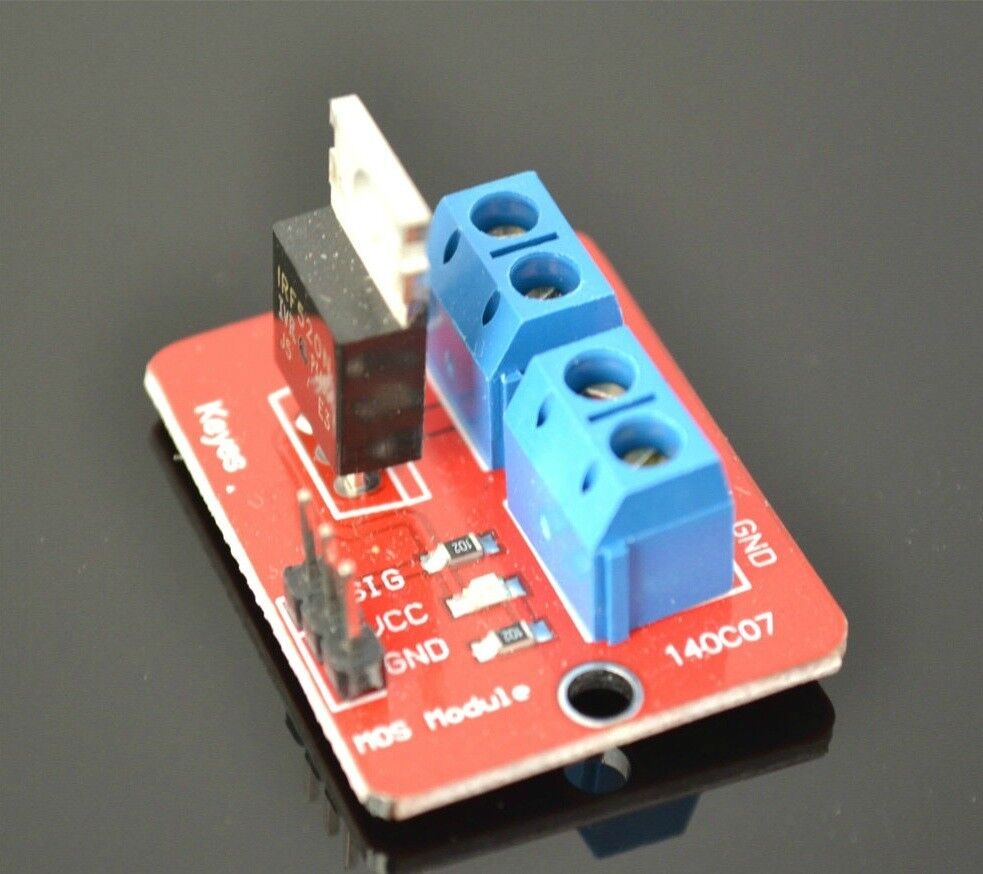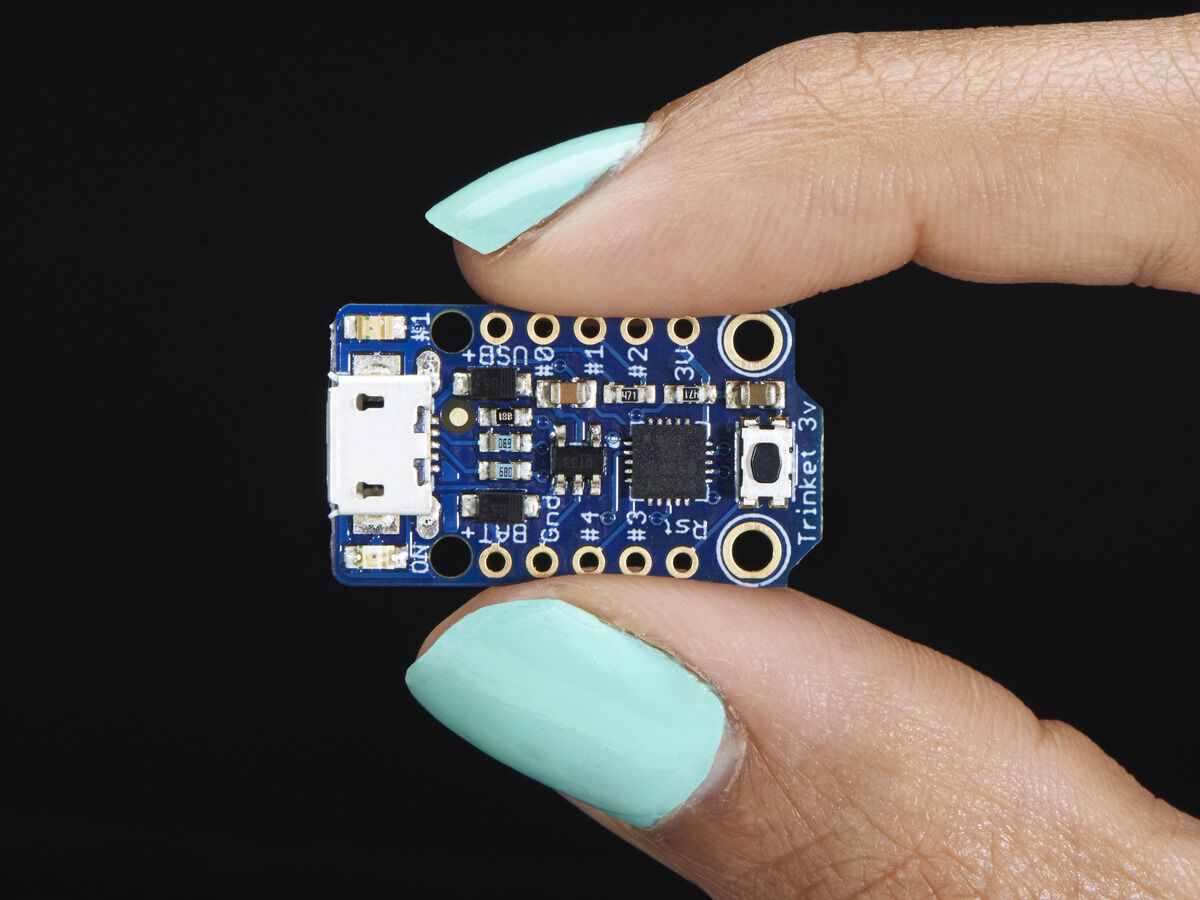grapetang
Space Frog Fan
Our LPR/MPR launch site is a concrete airstrip and landing on concrete is really, really bad. It's no wonder I see lots of bare, unpainted rockets flying as they'll generally end up getting trashed on the landings; there's no reason to spend lots of time of finishing the models.
On a recent launch, my kid's Alpha III plastic fin got smashed & curled badly (straightened in the pic). My tube-fin rocket had a standoff that was mashed & torn away from the tube. The tops of the body tube below the nose cones tend to get shredded too as they are dragged along the cement after landing.
Are there any general tips for protecting and/or minimizing damage on LPR/MPR models landing on concrete?
Any comments and/or suggestions would be greatly appreciated. Thanks!




On a recent launch, my kid's Alpha III plastic fin got smashed & curled badly (straightened in the pic). My tube-fin rocket had a standoff that was mashed & torn away from the tube. The tops of the body tube below the nose cones tend to get shredded too as they are dragged along the cement after landing.
Are there any general tips for protecting and/or minimizing damage on LPR/MPR models landing on concrete?
- bigger parachute (more drift, & we have to land within a target radius)
- dual-deploy (not there yet)
- overbuilding
- CA hardening of tubes
- laminating fins (paper, fiberglass, etc.)
- wrapping packing tape over top of tube, below the nose cone
- (other)
- bumpers/standoffs/shock absorbers
- flying on grass at the HPR site (not yet...)
- shelve the rocket (not a preferred option)
Any comments and/or suggestions would be greatly appreciated. Thanks!


















